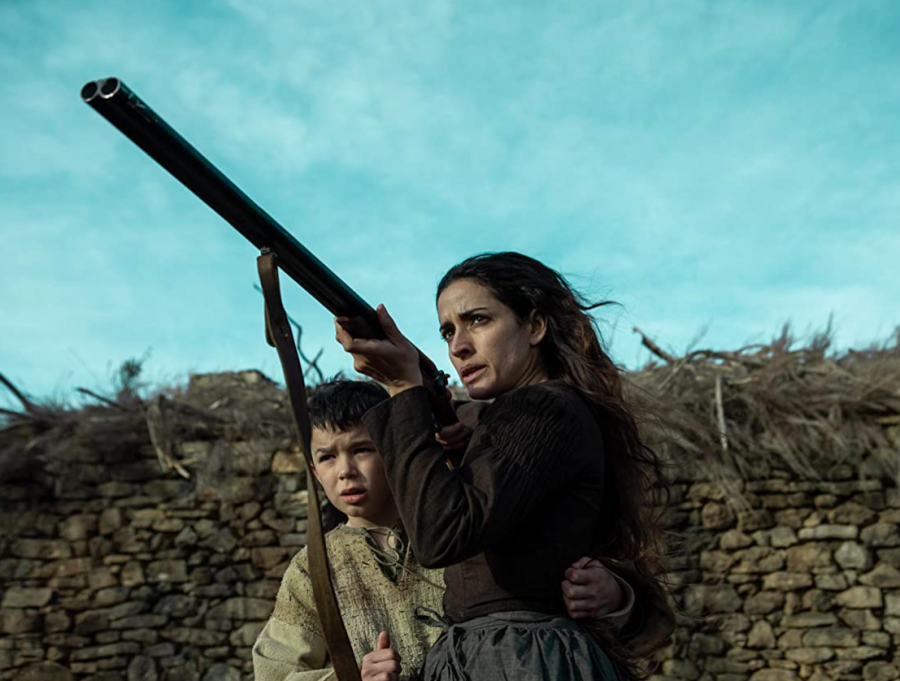For years, the Redwood trees on De Anza’s Cupertino campus have been casting shade onto it’s students and staff. Lately, though, the only shadows these gentle giants are casting are ones of doubt. Faculty and staff passing below have noticed that the Redwood trees on campus seem to be dying. “There is no doubt,” says Environmental Studies Professor Kristin Sullivan, “They are dying, and there are reasons they are dying.” The reasons can be summed up into one sentence; De Anza’s Redwoods are not in their native habitat.Although Redwoods have a reputation for being ‘California’s tree’, the species is actually not indigenous to all of California. “The natural home for Redwood trees is from Southern Oregon to the southern Monterey area,” says Sullivan. The natural growth ranges from only 8 to 56 km inland, making the natural home for Redwoods a narrow strip of the northern California coastline. Cupertino does not fall into this native range for Redwoods, and this area just does not have what they need to be healthy. “Sequoia Semervirens”, Redwood’s Latin classification name, “do not do well far from the coast,” advises Vicki Jennings, Biology Professor at De Anza. “They are usually not found more than 40 miles inland.” According to Redwood expert David F. Olsen, Redwoods usually grow in areas where there is more precipitation from incoming moisture off the ocean, and fog drip is regular. Fog drip supplies necessary water to these trees, and “they just need it.” Fog drip is the most important factor that the Redwoods here at De Anza lack, and the main reason that they are dying. Fog is imperative to healthy Redwoods, as it decreases water loss from evaporation and increases soil moisture during dry summers. Out of their native ecosystem, Redwoods cannot grow to the 2,200 years that they are capable of reaching. “Microclimatic conditions are so important, and anytime that you put a species into a place that they didn’t evolve-without their natural living conditions- they just won’t survive,” says Sullivan. “It’s sad,” adds Jennings, “but there is not a lot we can do to save them.” However, these trees will not be lost without a fight by those taking care of them. “We are going to do what we can to save them,” says Joe Cooke, Grounds Supervisor for De Anza. Plans include replacing the old irrigation system with new ‘bubblers’, which will soak the soil under the trees and deliver the necessary extra water to the Redwoods. Plans also include replacing the old soil with that of more similar soil to the Redwoods natural habitat. “We will lose a few though.” says Cooke. “There’s not enough time to save all of them.” And so it seems that although De Anza may be able to save some of its Redwoods, it may also have to say goodbye to at least a few of these gentle giants.
words:480








